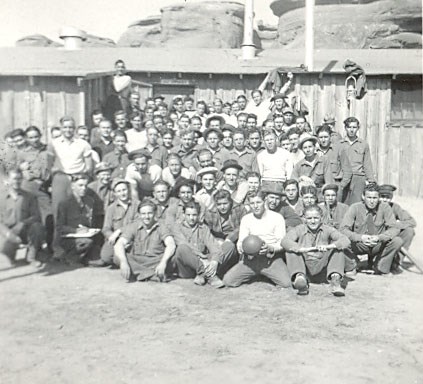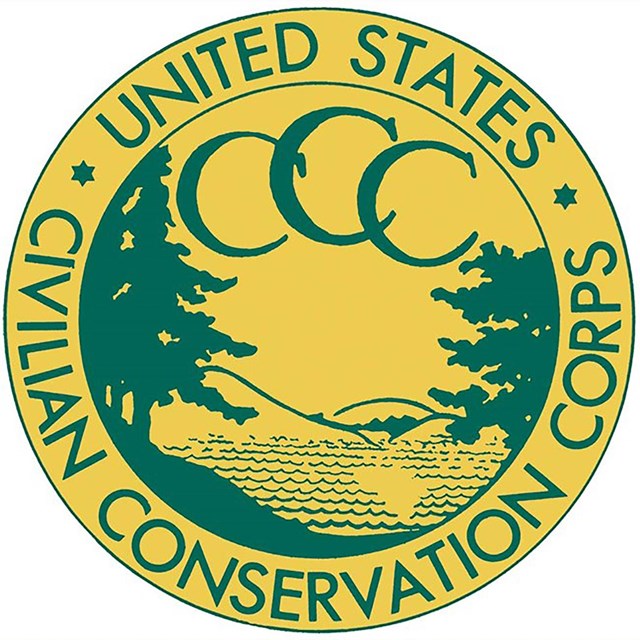
MR Douglass 1938 Photo The largest and most well-known program is the Civilian Conservation Corps (CCC). The CCC employed young men between the ages of 18 and 25 (later expanded from 17-28) in emergency conservation work to improve America’s public lands, forests, parks and private famland. Young men were brought in by bus or rail to public lands where they lived in military style barracks. While working, they were led by Local Experienced Men (LEM) who taught them an array of skills like rock quarrying, carpentry, road construction, and stone masonry. Colorado National Monument hosted six CCC companies at three camps from 1933 to 1942. These companies were made up of 140-200 young men who were served 6 month stints, although not all companies were active during the nine year time-frame. The young men of the CCC and other WPA programs worked for thousands of hours to build Rim Rock Drive, several buildings in the Saddlehorn area, the Devil’s Kitchen Picnic Structure, and several other smaller projects. The WPA and FERA both supplied a few companies of men to assist with projects in the monument, often working alongside their CCC counterparts.
|
Last updated: March 6, 2024


